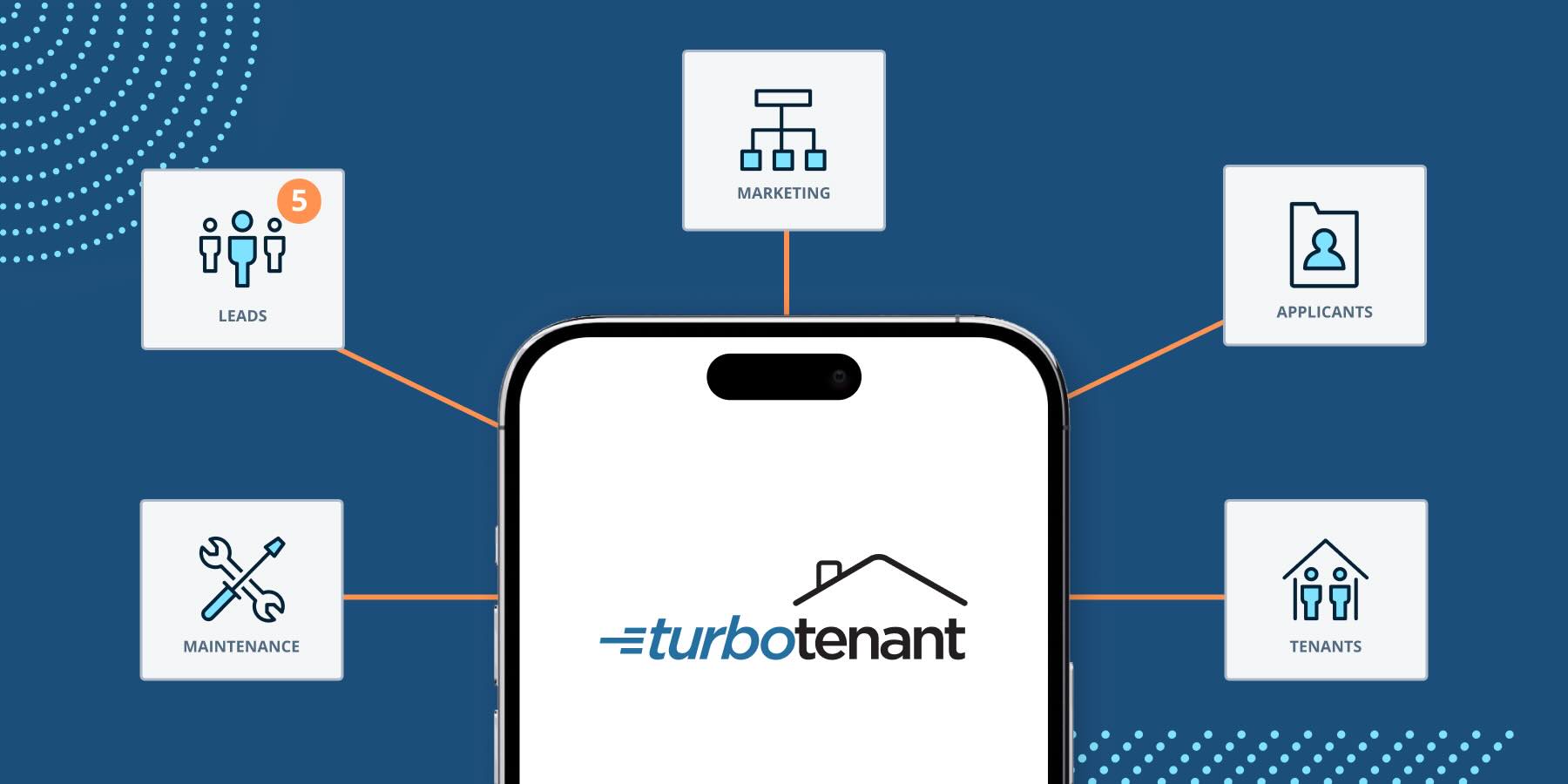Lease options are like standard lease agreements, except they allow tenants the option to buy a rented property after a specified period, usually at the end of the lease.
Depending on the landlord, the lease option can also be called a lease with the option to buy, a rent-to-own agreement, or a lease-to-own agreement. They all generally work the same way: lease options allow a tenant the right to purchase a property they previously leased.
How Lease Options Work
Like a standard lease, a lease option lays the groundwork for how both parties will operate to fulfill their end of the bargain. The difference between a standard lease and a lease option is that once a standard lease agreement expires, the tenant can either renew or leave the property.
For lease options, once the lease expires, tenants are granted an additional option: they can buy the property, but they are not contractually obligated to. Tenants should know that they will typically lose the option fee if they choose to walk away.
Key Components
Understanding the essential terms and components of a lease option will help you better understand how they work. Let’s explore their key elements.
Agreement Terms
Typical terms found within lease agreements include lease duration, monthly rent amount, and the future purchase price of the property.
Option Fee
The tenant usually pays an upfront fee known as an option fee or consideration. The option fee grants the tenant the exclusive right to purchase the property and is typically non-refundable.
Lease Period
The tenant lease period is typically much longer than that of standard leases. While standard leases typically span six months to a year, options often extend for several years.
Rent Payments
The tenant pays the predetermined rent payment as specified in the agreement. Some lease options set aside a portion of the rent payments and put them toward the property’s purchase price.
Maintenance and Repairs
The agreement outlines responsibilities for property maintenance and repairs. Some lease options stipulate that tenants must maintain and repair the property as needed.
Option to Purchase
Lease options include a clause that grants the tenant the exclusive right to purchase the property.
Property Value Considerations
The agreed-upon future price might be based on the current market value or a predetermined amount. Because the agreement is made before the property is sold, tenants may gain potential equity if the property appreciates.
Exercising the Option
If the tenant exercises the option and proceeds with the purchase, they must notify the landlord. The sale is then executed according to the agreed-upon terms.
Financing
If the tenant doesn’t have the capital to buy the property outright, they’ll have to obtain a mortgage or another form of financing.
Closing the Deal
Finally, the property owner officially transfers the title to the former renter, and they become the new property owner.
Advantages of Lease Options
Landlords and tenants both benefit from entering into a lease agreement. Let’s examine the advantages for both parties.
For Landlords
Income: Landlords receive an upfront option fee from the tenant, which is typically non-refundable. Additionally, they’ll continue to receive monthly rent payments.
Potential for higher rent: Lease options allow landlords to charge more rent than in a standard lease agreement, especially when a portion of the rent is credited toward the future purchase price.
Faster property occupancy: Lease options can attract tenants interested in homeownership, potentially leading to speedier property occupancy than traditional rental agreements.
Reduced vacancy risk: The long-term nature of lease options reduces the vacancy risk landlords face at lease renewal because tenants are more likely to stay for the duration of the lease.
Tenant maintenance responsibility: When drafting option leases, landlords typically stipulate that tenants are responsible for maintenance, saving landlords the burden of these obligations.
Favorable exit strategies: If the tenant decides not to purchase the property, the landlord can rent it out again or explore other options.
For Tenants
Potential for future property ownership: Some tenants may not have the financial means to secure traditional funding for purchasing a property. By entering into a lease option, tenants can save money and improve their credit scores.
Locked-in purchase price: Housing markets can be volatile, so locking in a purchase price at the beginning of a lease option could benefit tenants with potential equity.
Flexibility: With lease options, tenants can live in a property and decide whether to exercise the purchase option when the time comes. This flexibility allows tenants to assess their long-term commitment to the property.
Tenant motivation to maintain the property: Tenants with a goal of homeownership may be motivated to take care of the property, leading to better maintenance and upkeep.
Option to back out: Tenants don’t have to follow through with purchasing the property, which could leave the landlord scrambling at the end of the agreement.
Risks Involved
As with any real estate investment arrangement, risks persist. Let’s explore possible risks for landlords and tenants.
For Landlords
No purchase guarantee: There’s no guarantee that a tenant will exercise the purchase option, leaving the landlord without the anticipated sale.
Marketability challenges: The property may be less marketable during the lease period, as potential buyers may be discouraged by the lease option arrangement, which limits the pool of interested tenants.
Limited profit opportunities: If the property appreciates significantly, the predetermined purchase price in the lease agreement may limit potential profit.
For Tenants
Market fluctuations: If property values in the area decline, tenants may pay more for a property than its current market value if they choose to exercise the option.
Financial challenges: Tenants may face financial difficulties during the lease period, which can make it harder to save for a down payment.
Property condition: Tenants may be responsible for property upkeep, which can affect their future purchase decisions.
Forfeiture of option fee: The upfront fee paid by the tenant is usually non-refundable. If the tenant declines the option, that fee is forfeited.
Example Scenarios
With all the terms, advantages, and risks known, a couple of example scenarios help to put it all together.
Scenario 1: A tenant is eager to become a homeowner but lacks the financial means to secure a mortgage.
Lease option structure: The landlord and tenant agree on a rent-to-own arrangement with a three-year lease term. A portion of the monthly rent, say $200, is designated as a “rent credit,” accumulating over the lease period. The tenant has the option to purchase the property at a fixed price within the three-year timeframe, and the accumulated rent credits can apply towards the down payment.
Scenario 2: A landlord wants to encourage the tenant to secure financing as soon as possible.
Lease option structure: The lease option includes a balloon payment provision, specifying that a significant portion of the purchase price becomes due after a specific period, such as two years. The balloon payment provision motivates the tenant to secure mortgage financing and complete the purchase to avoid the balloon payment.
How TurboTenant Can Assist
TurboTenant’s state-specific lease agreements provide landlords with rock-solid, pre-built leases to make lease creation easier.
When you start with the general terms of a lease agreement already ironed out, you only need to account for the critical components of your lease option, including the option fee, rent payment amount, and maintenance responsibilities.
Sign up for a free account today and see how TurboTenant can help you quickly transition from a potential applicant to an approved tenant in no time.
How do I structure a lease option to buy?
When structuring a lease option to buy, define lease terms, set a fixed purchase price, and establish an upfront option fee. Specify rent credits and responsibilities for maintenance and improvements and consider optional provisions like market value adjustment, right of first refusal, and balloon payment.
What is a lease-back option?
A lease-back option, or a sale and leaseback, occurs when a property owner sells their property and immediately leases it back from the new owner. In this arrangement, the original owner becomes a tenant, allowing them to continue using the property while no longer holding ownership.
Businesses or individuals looking to unlock capital tied to real estate while retaining the property’s operational use often employ this strategy.
Are lease options a good idea?
Lease options can be a good idea for landlords seeking potential buyers among their tenants and for tenants looking for flexibility and the opportunity to become homeowners. However, both parties should carefully assess the risks and benefits.





